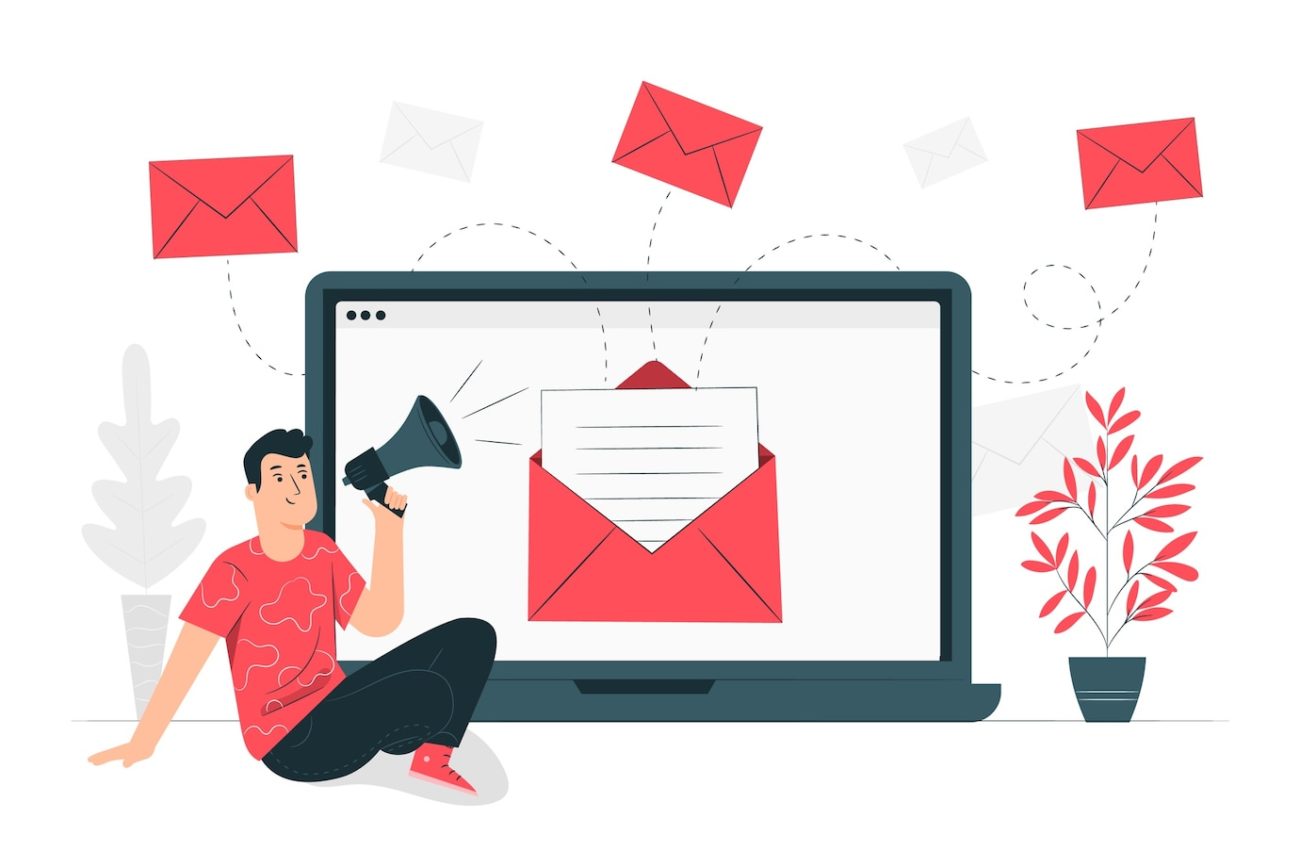Original article Updated: October 22nd, 2024
LinkedIn Ads has seen considerable growth as a key platform for B2B demand generation, offering precision targeting for businesses looking to drive awareness and pipeline. With LinkedIn’s growing commitment to ad technology, 2025 brings even more transformative updates that will shape how businesses use this tool. Below, we explore the top upcoming LinkedIn Ads updates for 2025 and how they impact B2B demand generation.
1. AI-Powered Targeting and Optimization
As AI technology continues to evolve, LinkedIn plans to integrate AI-powered features more heavily into its ad platform. One of the biggest updates will be the rollout of AI-driven audience targeting and optimization, enabling marketers to fine-tune their campaigns based on behavioral patterns, engagement data, and demographic shifts in real-time.
For B2B demand gen professionals, this is a game-changer. The AI technology will automatically adjust your audience segmentation and ad placements, helping to reduce cost-per-click (CPC) and improve overall campaign performance. Additionally, AI-powered recommendations will offer suggestions for ad content and audience groups, making it easier for marketers to launch data-driven, high-converting campaigns.
What this means for your strategy:
With more accurate audience targeting, you’ll waste less budget on irrelevant leads. B2B companies can focus on reaching decision-makers or niche audiences, streamlining the buyer’s journey and driving higher-quality leads into their funnels.
Market Vantage take:
While this concept of having AI build your target audience sounds tantalizingly-cool, we’re concerned around the quality of the audience. Similar to Google Ads and some of their feature releases related to AI, one key challenge is the lack of insight into what audience(s) are driving engagement and action. We believe this could be a very cool feature set, especially with the onset of buyer group targeting (coming later in 2025), but until then we’re skeptical the AI targeting will provide the safe-haven B2B marketers have been craving.
2. Enhanced Ad Formats: Polls, Quizzes, and Interactive Experiences
LinkedIn is evolving its ad formats to be more engaging, with a strong focus on interactive ads. Expect to see more options for polls, quizzes, and live event promotions embedded directly within the LinkedIn feed. This update ties into the broader trend of increased user interaction, enabling brands to generate more organic engagement.
Interactive ads are already popular in the B2C space, but their adaptation to B2B opens up new possibilities for demand gen professionals. Marketers can use polls or quizzes to qualify leads in a more engaging and interactive manner while also capturing insightful data about audience preferences.
What this means for your strategy:
B2B marketers should think creatively about how to use these new ad formats. For example, a poll asking users about their biggest pain points in a specific industry can provide insight into the next steps for nurturing leads or creating highly relevant content. Interactive ads create a dynamic, two-way communication channel, ideal for driving user engagement in longer B2B sales cycles.
Market Vantage take:
The rollout of additional ad formats isn’t really a surprise… Given their extensive push into more TikTok-like videos and even releasing game features earlier in 2024, the notion that more sponsored content types will be available is all but expected. The outsized benefit that these content types will provide though, like we’ve always historically seen with LinkedIn, is that we get the added layer of B2B audience targeting data. This still single-handedly provides the key differentiator that no other ad platform currently carries. That’s why we’re big proponents of continuing to leverage data to make decisions, and experiment with different ads to find what works best for your brand. In short, these sound interesting and are likely worth giving them a try!
3. Deeper CRM Integration and Reporting
Data continues to drive the future of digital marketing, and LinkedIn is responding by providing advanced reporting tools and deeper integration with popular CRM systems. These updates will enable B2B marketers to track not just top-level metrics like clicks or impressions but also the quality of leads and their movement through the sales funnel.
LinkedIn’s advanced reporting will offer new tools for tracking ROI more effectively. Marketers will be able to view how specific LinkedIn campaigns contribute to sales, deal velocity, and pipeline generation. LinkedIn plans to enhance its integrations with CRM platforms like Salesforce and HubSpot, offering a more seamless connection between lead generation and sales management.
What this means for your strategy:
Improved reporting means you can better track your campaign’s success in generating qualified leads. Having detailed insight into the quality of your leads will also allow you to adjust your targeting or messaging strategy mid-campaign for better results.
Market Vantage take:
From the very beginning, the team here at Market Vantage have always believed in prioritizing lead gen efforts that drive deal pipeline for B2B businesses. If you’re not seeing the results from your paid efforts, then continuing to prioritize them is not worth it. That said, this particular LinkedIn Ads update provides all the incentive in the world to identify how much revenue is being attributed to ad campaigns in their network, so we believe more of these integration and reporting features will ultimately be fruitful for making decisions. However, we do urge mild caution: like all ad platforms, LinkedIn has a tendency to over-report what value they may be driving for your business. So be sure to do your own diligence and evaluate campaign-level performance regularly to see if the ad spend is still ultimately worth it (regardless of what a LinkedIn rep may tell you).
4. Enhanced Campaign Management and Business Manager Updates
LinkedIn is rolling out significant enhancements to its Business Manager in 2025, including account-level management features like block/allow lists to control ad placements and apply brand safety measures across entire accounts. This allows businesses to safeguard their brand in all campaigns without repetitive, manual updates. Additionally, LinkedIn will introduce dynamic UTM parameters at both the campaign and account levels, providing seamless tracking and reporting capabilities for B2B marketers aiming to analyze and optimize ad performance more efficiently.
What this means for your strategy:
These updates streamline campaign management, enabling marketers to maintain consistent brand safety settings across all campaigns and improve the accuracy of campaign tracking with dynamic UTM parameters. This makes LinkedIn’s platform even more scalable for large B2B operations, reducing manual efforts while maximizing control and precision in ad execution.
Market Vantage take:
This seems like some basic housekeeping that should have been tackled years ago. Alas, good things come to those who wait! While we’re excited that these features are being rolled out, it comes with little surprises or frills in the process. Similar to what we’ve always recommended with Google Ads, spend some time considering how certain brands or content types may negatively impact your brand view, and consider blocking them. Just as impact as your targeting aspects are, blocking certain accounts and setting account-level optimizations can have an outsized impact on driving more efficient ad performance.
5. Focus on Privacy and Data Security
As privacy regulations evolve globally, LinkedIn will place a greater focus on data security and privacy compliance in 2025. This includes more transparency around data collection practices and new tools for users to control their data preferences. For marketers, it will mean adjusting targeting strategies to remain compliant while still leveraging data for precise campaign execution.
What this means for your strategy:
Marketers will need to stay updated on changes in privacy policies and ensure their strategies comply with new regulations. As data collection practices shift, it will be more important than ever to maintain trust with your audience while using data-driven insights to inform your campaigns.
Market Vantage take:
While the LinkedIn Conversions API is not entirely new, this is a feature that we believe will become more important as we head into a privacy-centric future. As users ourselves, we certainly believe in providing privacy to online activities. That said, if folks opt-in to exchange their personal information for value (lead gen content, buyer guides, on-demand demos, etc.) then it should be within the brand’s rights to leverage that data to make better decisions in the future. The Conversions API certainly helps by providing that personal information back to LinkedIn to build better audience targeting in campaigns. With that said, B2B marketers will likely become less reliant on cookie-based tracking in the future, so establishing protocols and setting up this Conversion API will be a critical step. We highly recommend implementing this tracking methodology sooner than later.
Conclusion: Stay Ahead with LinkedIn Ads Updates in 2025
For B2B demand gen professionals, these LinkedIn Ads updates represent an exciting opportunity to enhance campaign performance, engage audiences more effectively, and leverage automation to streamline processes. As LinkedIn continues to evolve, staying informed and agile in your marketing strategies will ensure that your campaigns remain at the forefront of the industry.
By adapting to the changes on LinkedIn’s roadmap, marketers can optimize their efforts to reach high-value prospects and drive meaningful results in a competitive landscape. If you would like assistance building-out a plan for your LinkedIn Ads account or managing your existing campaigns, you can learn more about our management services here.





